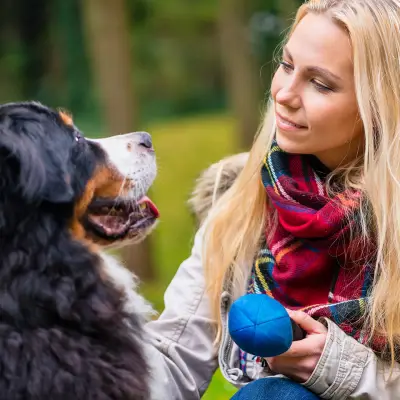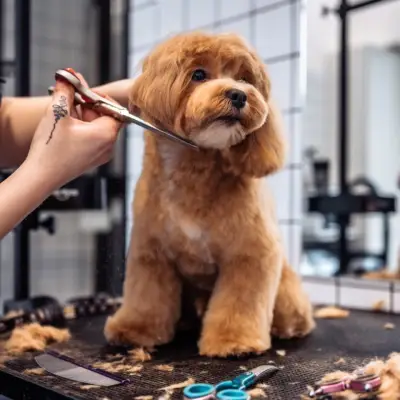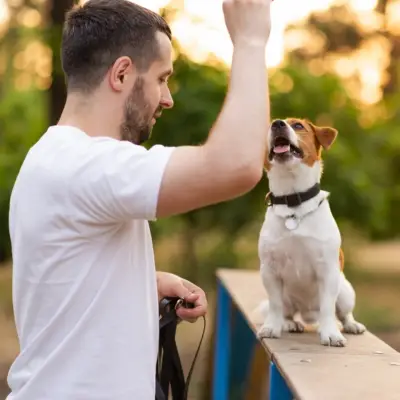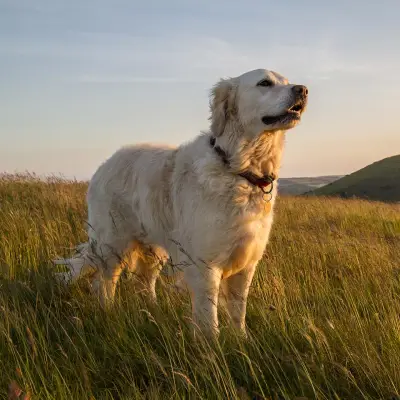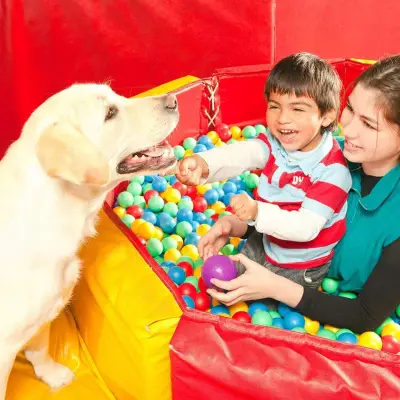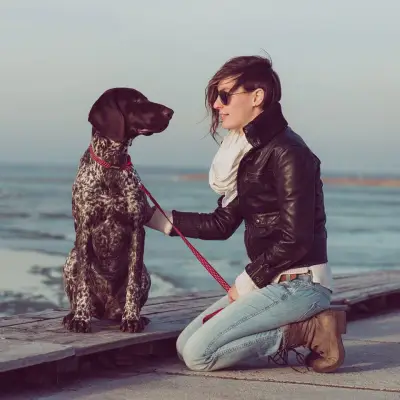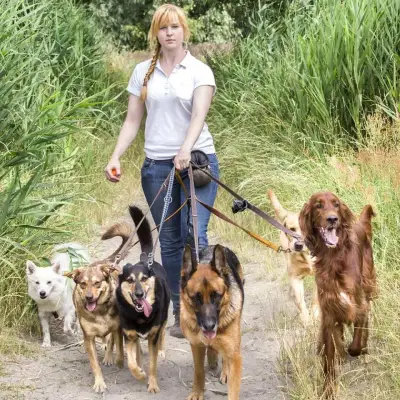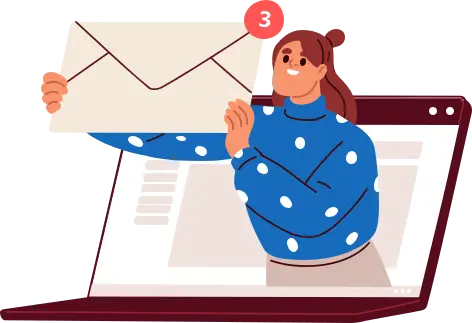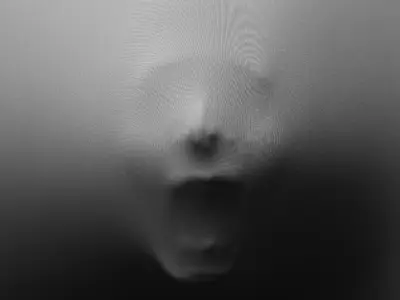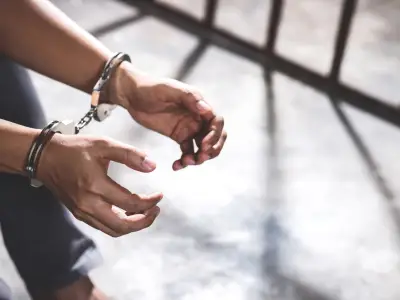One of the biggest challenges many new dog owners face is teaching their puppy to be alone. It’s natural for puppies to crave constant companionship, and this can lead to separation anxiety if not managed properly.
In this guide, we take you through the process of training your puppy to be alone at home, providing easy-to-follow advice for creating a calm and confident dog.
Jump to:
Recommended for you!
Best SellersWhy is Training a Puppy to Be Alone Important?
Puppies, just like babies, are learning how to cope with the world around them. When they first come into your home, they’re likely used to being with their mother and littermates. The absence of that constant companionship can cause stress and anxiety.
Training your puppy to be alone helps prevent separation anxiety, a condition where a dog experiences extreme stress when left alone. This can lead to destructive behaviours, excessive barking, and other unwanted actions. Proper training ensures your puppy grows up to be a well-adjusted adult dog who is comfortable and relaxed when left home alone.
When Should You Start Leaving Your Puppy Alone?
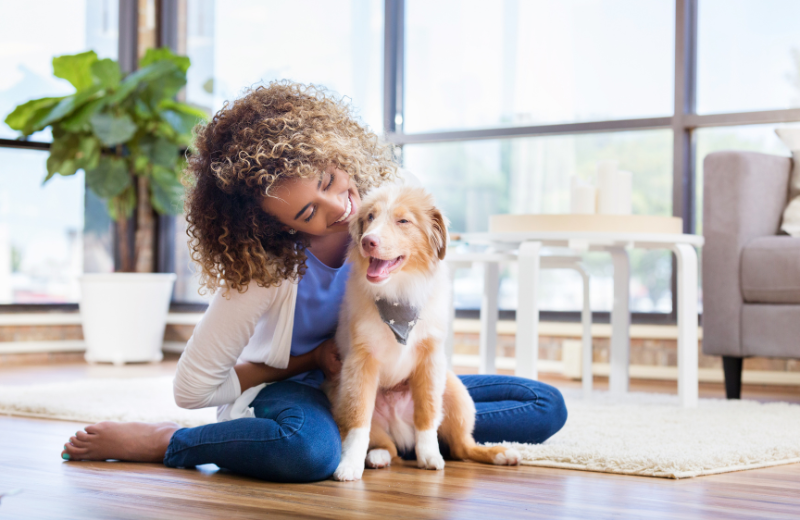
The best time to start training a puppy to be alone is as soon as you bring them home. This doesn’t mean you should leave them alone for long periods immediately, but introducing the idea of being independent can start early. The process should be gradual, with short separations at first, then gradually increasing the time as your puppy becomes more accustomed to being on their own.
7 Steps to Help Your Puppy Adjust to Being Alone
1. Create a Safe, Comfortable Space
Before you begin leaving your puppy alone, ensure that their space is secure and comforting. Choose a specific area in your home that’s quiet and free from distractions, making it a place where your puppy feels safe and relaxed. You can add familiar items like their favourite blanket or toys to help them feel more at ease while you're away.
2. Use Crate Training to Help with Alone Time
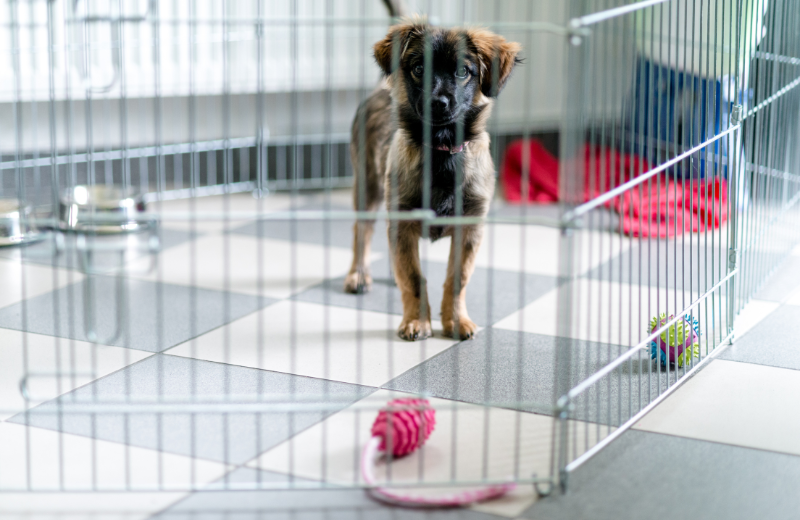
Crate training can be a useful tool when it comes to teaching a puppy to be alone. The crate provides a safe and secure environment where your puppy can rest when you're not home. To maintain a positive association, always ensure the crate is inviting by adding blankets and toys to prevent your puppy from viewing the crate as a form of punishment. Over time, your puppy will come to see the crate as a safe space, and they will become more relaxed when left alone there.
3. Gradually Increase the Time Apart
A common mistake many pet owners make is leaving their puppy alone for too long, too soon. Puppies, especially young ones, can easily become overwhelmed by lengthy absences. Instead, start with short separations of just a few minutes. Leave your puppy in their safe space, step out of the room, and return before they get too anxious. Over time, you can slowly increase the time apart.
4. Use Positive Reinforcement
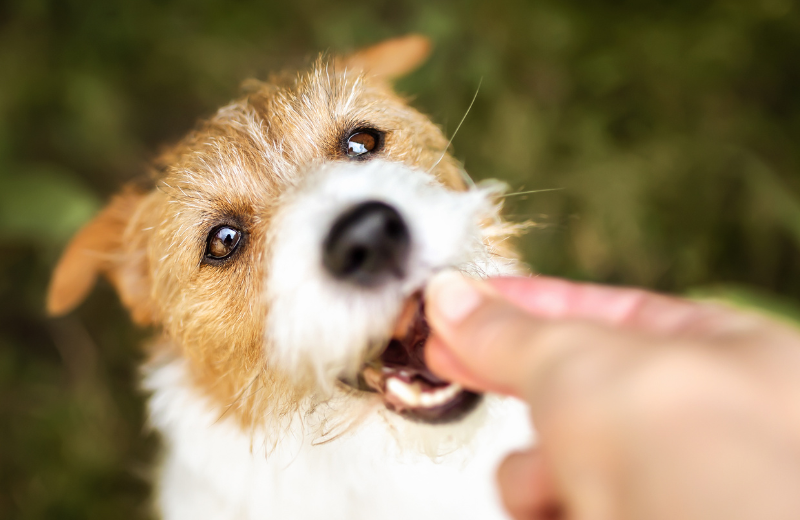
Rewarding your puppy for staying calm when you leave and return is a key part of the training process. Using treats or toys helps create a positive connection with being alone. A stuffed toy can also serve as a great distraction, keeping your puppy entertained while you're away.
5. Don’t Make a Big Deal of Departures and Arrivals
Many owners unintentionally make the process of leaving and returning overly emotional, which can heighten anxiety in a puppy. When you leave the house, try not to make a big deal of it. Calmly say goodbye, and when you return, keep your greeting low-key.
6. Extend the Time You’re Away
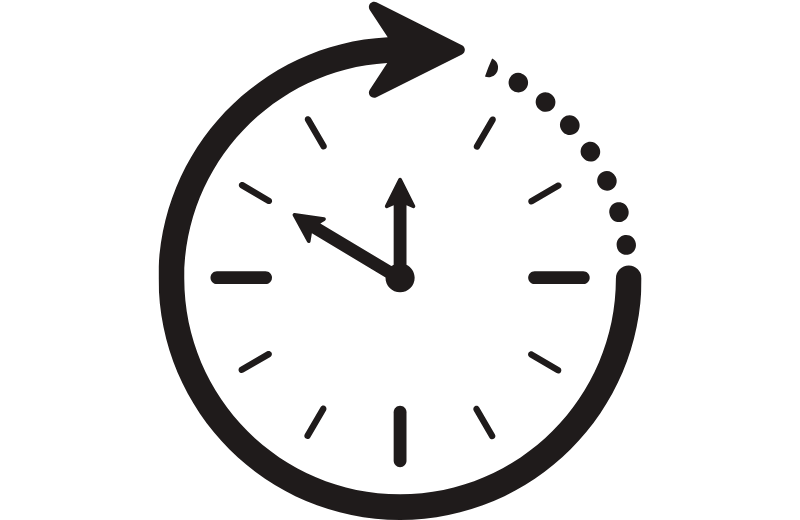
Once your puppy is comfortable with short separations, you can begin to leave them alone in a room while you are in another part of the house. Once they get used to this, you can leave them alone in the house while you go out briefly. Practice this consistently, but never leave your puppy alone for more than a couple of hours at first. Puppies need frequent bathroom breaks and cannot hold their bladder for long periods, so be mindful of their age and needs.
7. Be Patient
Every puppy is different, and some will take longer to adjust to being left alone than others. How long it takes for your puppy to get used to being alone varies depending on their temperament, age, and previous experiences. Be patient and consistent, and don’t get discouraged if things don’t improve immediately.
How to Stop a Puppy Crying When Left Alone
If your puppy cries when left alone, resist the temptation to rush to their side immediately. Doing so will teach them that crying results in attention. Instead, wait a few minutes before responding. Make sure to reward quiet behaviour and gradually extend the time they are left alone. Puppies often cry because they are not yet used to being alone, but with consistent training, they will learn to settle down.
Recommended for you!
Best SellersFrequently Asked Questions
When should I start leaving my puppy alone overnight?
Leaving a puppy alone overnight should be done gradually. Puppies typically need to be near their owners for reassurance, especially in the early weeks. Around 4-6 months of age, you can begin transitioning your puppy to sleeping alone, but always ensure they’re comfortable and safe in their environment.
How do I train an older dog to be left alone?
The process of training an older dog to be left alone is similar to training a puppy, but may require more patience and consistency. Start by introducing short periods of alone time, gradually increasing the duration. Use positive reinforcement to reward calm behaviour, and be patient as your older dog adjusts to the change.
How can I stop my puppy from chewing furniture when left alone?
Puppies chew as a natural part of their development, especially when they are teething. If your puppy is chewing furniture while alone, ensure they have plenty of safe chew toys to redirect their behaviour. You can also puppy-proof your home by keeping valuable or dangerous items out of reach. Consider crate training if they’re not already, as this can prevent access to furniture during unsupervised time.
How do I train my puppy not to bark when left alone?
If your puppy barks when left alone, the key is to start with short separations and gradually increase the duration. Avoid rewarding barking behaviour by rushing to let them out. Instead, wait for moments of quiet and reward them for calmness. You can also provide distractions like toys or treat puzzles to keep them entertained.
Study Our Dog Training Diploma for £29
If you’re keen to learn more about dog training, consider enrolling in the Dog Training Diploma Course at Centre of Excellence. This comprehensive course covers everything from basic obedience to handling separation anxiety, and you can enrol now for just £29!
